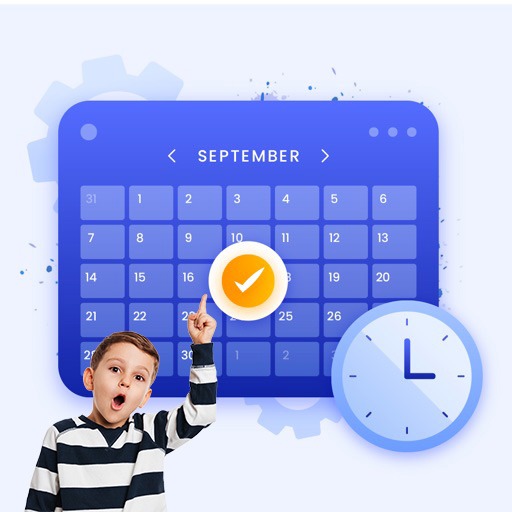Summary
Cerebral palsy (CP) is a condition that affects movement and posture due to early brain development issues. It is the most common cause of physical disability in children, affecting about 2 in 1,000 people.
CP is not a progressive disease, meaning it does not worsen over time. However, the effects on muscle control and movement may change as a child grows. The most common type of CP involves muscle stiffness (spasticity), but some children may experience involuntary movements (dyskinesia) or problems with balance and coordination (ataxia).
Children with CP may also have other challenges, such as difficulties with speech, feeding, learning, or seizures.
Diagnosis and When to Seek Help
CP is usually diagnosed in infancy or early childhood when parents notice delays in movement and coordination. Signs to watch for include:
- Delays in reaching motor milestones (e.g., not sitting by 8 months or not walking by 18 months).
- Muscle stiffness or floppy muscles.
- Difficulty with balance, coordination, or uncontrolled movements.
- Feeding and speech difficulties.
- Seizures or unusual movements.
If you notice any of these signs, consult a doctor for evaluation. Early diagnosis allows for timely intervention to help your child develop to their fullest potential.
Management
Managing CP involves a multidisciplinary approach to support a child’s movement, communication, and daily activities.
- Physical therapy: Helps improve strength, coordination, and mobility.
- Occupational therapy: Focuses on daily activities like dressing, eating, and using assistive devices.
- Speech therapy: Supports communication and feeding challenges.
- Medications: Muscle relaxants or botulinum toxin injections may help reduce stiffness and improve movement.
- Surgical options: In some cases, procedures such as selective dorsal rhizotomy (SDR) or orthopedic surgeries can help with muscle tightness or joint problems.
Follow-Up and Monitoring
Children with CP benefit from ongoing care to monitor their progress and adjust treatments as needed. Key aspects include:
- Regular check-ups with pediatric specialists (neurology, orthopedics, physical therapy, etc.).
- Assistive devices such as braces, wheelchairs, or communication aids when needed.
- Educational and vocational support to promote independence and learning.
- Support for families through therapy, counseling, and community resources.
With the right interventions and support, children with CP can lead fulfilling and meaningful lives.


History and Exam
Key diagnostic factor
- presence of risk factors
- early general movement abnormalities
- abnormal HINE scores
- delay in motor development
Other diagnostic factors
- muscle weakness
- joint instability/dislocation
- dystonia
- chorea
Risk factors
- prematurity
- low birth weight
- fetal birth asphyxia
- multiple births
Diagnostic Investigations
1st investigations to order
- MRI brain
Investigations to consider
- ultrasound/CT brain
- coagulation studies
- genetic testing
- metabolic screen

